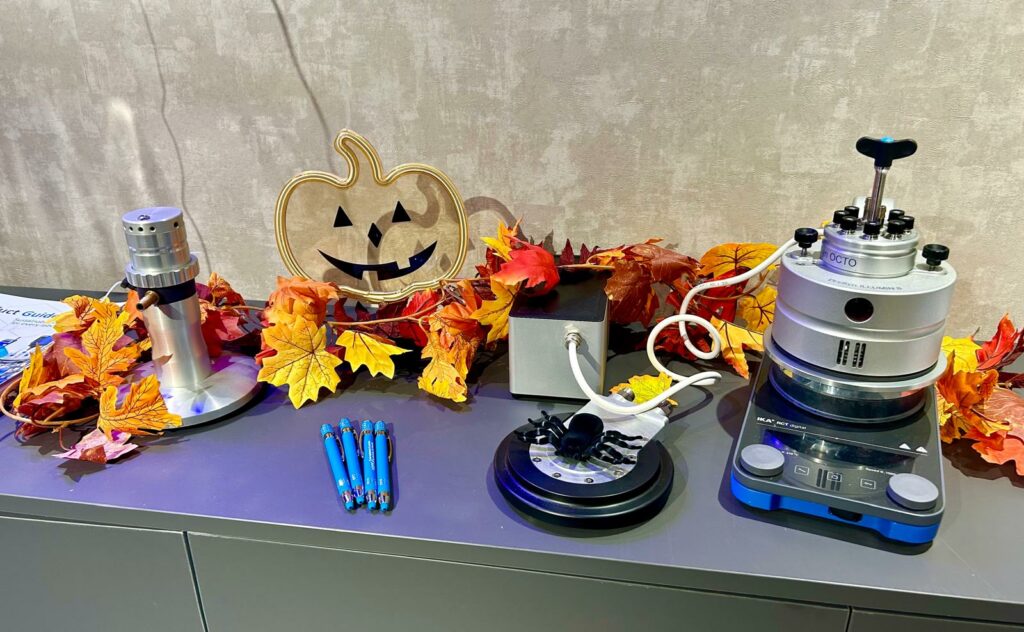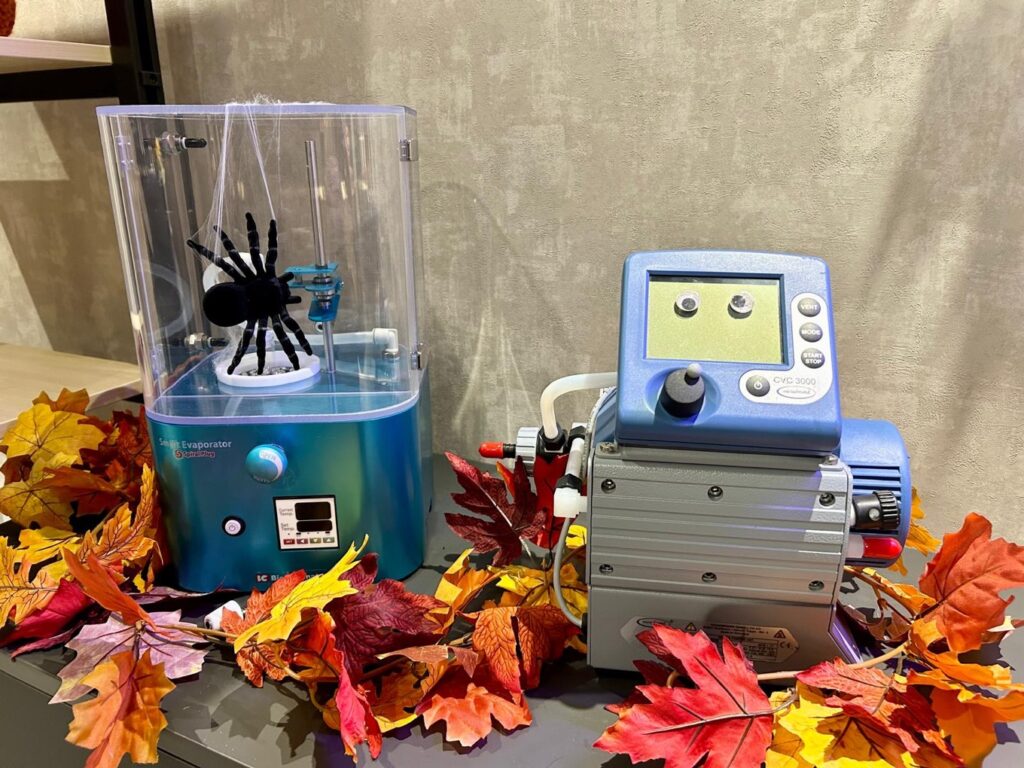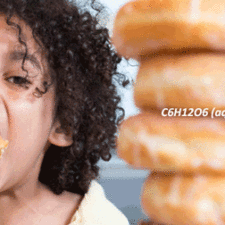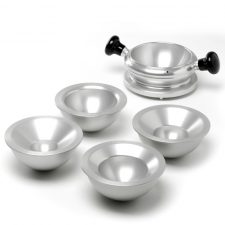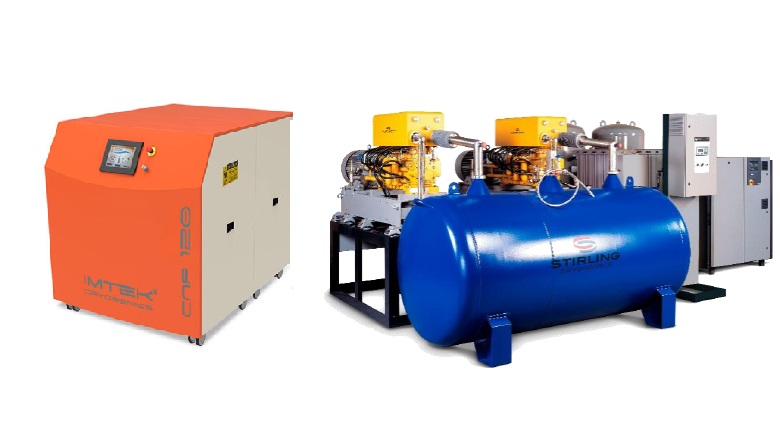While Halloween is often associated with costumes, treats and spooky decorations, it also offers a unique opportunity to explore some fascinating scientific concepts. This blog looks into the science of Halloween, revealing the science behind glow-in-the-dark materials, eerie fog, and more.
The LightSyn Lighthouse and Illumin8’s LEDs might give off an eerie glow!
The Chemistry of Halloween: Spooky Reactions and Compounds
Glow-in-the-Dark Reactions
One of the hallmarks of Halloween is mysterious illumination of the decorations and costumes. This luminescence is often achieved through chemiluminescence and phosphorescence.
Chemiluminescence involves chemical reactions that emit light. For instance, glow sticks contain hydrogen peroxide and a phenyl oxalate ester. When these chemicals mix, they produce an unstable intermediate that decomposes, releasing energy in the form of light. Phosphorescence, on the other hand, involves materials that absorb light and slowly release it over time, creating a sustained glow.
Colour-Changing Reactions
Colour-changing reactions are another fascinating aspect of Halloween chemistry, often achieved through pH indicators.
Red cabbage juice is a natural pH indicator that changes colour when mixed with acids or bases. In an acidic solution, it turns red, while in a basic solution, it turns green or yellow. This makes for a fun and educational experiment that can easily be performed at home or in a lab.
Walter Droplet’s worried expression makes a little more sense when he’s surrounded by spiders and bats!
Slime and Polymers
No Halloween is complete without some gooey slime. The science behind slime involves polymer chemistry.
Slime is made by combining polyvinyl alcohol (PVA) with a borate ion, leading to a cross-linking reaction that transforms the liquid mixture into a flexible, viscoelastic substance.
Dry Ice Experiments
Dry ice, or solid carbon dioxide (CO₂), sublimates directly from a solid to a gas at -78.5 °C. This sublimation process creates dense, spooky fog when placed in water – perfect for Halloween displays.

The chemical principles behind this are straightforward: as the dry ice warms up, it turns directly into CO₂ gas, which condenses water vapor in the air to form fog.
DIY Halloween Chemistry: Home Experiments
For those looking to bring some spooky science into their homes, here are a few simple and safe experiments:
Glow-in-the-Dark Jars:
Fill a jar with tonic water (containing quinine) and expose it to UV light to see it glow.
Colour-Changing Potions:
Use red cabbage juice as a pH indicator and mix with vinegar (an acid) and baking soda (a base) to see the colours change.
Slime Making:
Combine PVA glue with a borax solution to create your own slime.
We don’t recommend putting leaves or spiders in your fume hood!
Halloween offers a unique opportunity to explore the fascinating world of chemistry through spooky reactions and mysterious compounds. Whether it’s the glow of chemiluminescence, the eerie fog from dry ice, or the gooey fun of slime, there’s a lot of science to discover behind the traditions.
Happy Halloween, and happy (and safe) experimenting!

